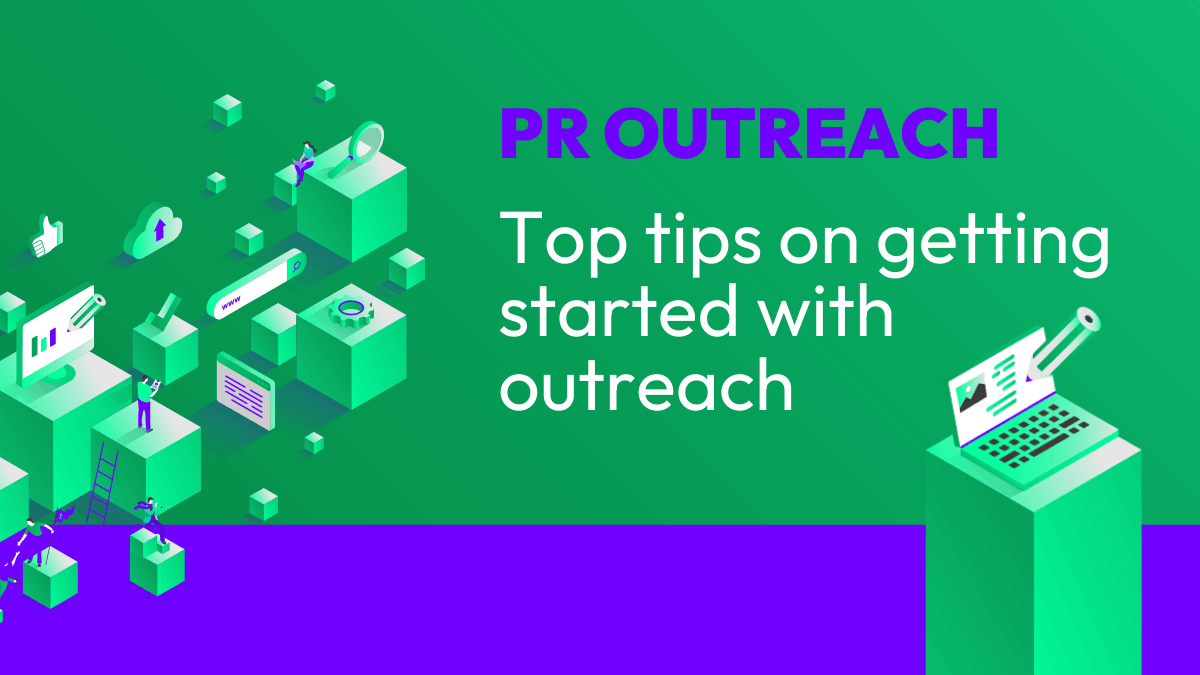Christmas was barely over before all the Easter messaging started, and let’s not forget Valentine’s Day, then we have Mother’s Day, the May Bank Holidays, Summertime, Back To School, Halloween and before you know it, it’s Christmas again!
Regardless of what your business does, then the chances are there’s at least one seasonal event that means something to your target audience, and as much as you can plan and prepare email campaigns, SEO, PPC ads, social media posts and offline promotions, getting Google to love your seasonal promotional content can be a bit trickier.
Here are five tips to get you started on your next Seasonal SEO campaign.
1. Get your keyword targeting just right
Like any other SEO campaign, keywords are important and even for something very obvious like Valentine’s Day, you can find huge variations in keyword volume.
Did you know Valentine’s Day Gifts has 3,600 average monthly searches? This figure looks tiny in comparison to Valentine’s Gifts, however, which has 14,800.
Be sure to explore all the different ways people might refer to the event or season!
2. Don’t leave it to the last minute
You’ll want to get your static seasonal landing pages indexed as early as possible by Google. At the very least a few weeks before the peak time for searches starts.
Google Trends can give you a good indication of when people start searching although it’s only based on previous years and you never know that some offline events, like the weather, could mean people start searching earlier than usual.
If you’re publishing way ahead of time, Google Search Console request a manual fetch and indexing of the pages. You should also be sure to give the content a quick refresh closer to the time and request another manual fetch.
3. Build some links to your content
Any SEO campaign wouldn’t be complete with some link building, now would it? Even just one or two links to your promotional landing page or a specific seasonal product will give your page a little boost over all the other competitor sites which don’t have any external links.
How about some local PR about how your business is celebrating the event/season? Or if your promotion includes a particular product line, why not send some out to be reviewed?
Can’t get any external links? Then make sure your seasonal page is well linked to internally. Can you get it added to the main navigation from your menu for the duration of the promotion? What about a link from your homepage as a banner perhaps?
4. Plan for after the event
So the event is finished and people aren’t likely to be searching now for another 12 months. What do you do? We recommend you remove the page from the main navigation but keep the page live. This means you don’t have to start from scratch next year and can use the same page.
It’s worth updating the content with an “off-season” message or a “2018 range coming soon” message. If your product is something that people might potentially book in advance, such as holidays, accommodation or flights then load up your 2018 offers in there – you never know how many early-bird customers you might catch.
5. Don’t just stick to the big events
Everyone will be running promotions for Christmas, Valentine’s Day, Easter, Summer, Halloween, Black Friday, Cyber Monday and then the same all over again. Meaning these events will be very competitive.
Find out what events are important to your customers and plan some promotions around these events. You’ll find the search volume around these smaller niche events is much lower, but that also could mean less competition and if you get your targeting right, it could mean a higher conversion rate. After all, it’s not just about getting organic traffic for the sake of it, it’s about getting relevant traffic that converts.
Want to know even more?
Give your content marketing another boost by getting our four free digital marketing ebooks and our weekly content marketing newsletter.
You’ll immediately receive 123 pages of expert insight straight to your inbox.
Yes! Get My Four Free Ebooks Now…


